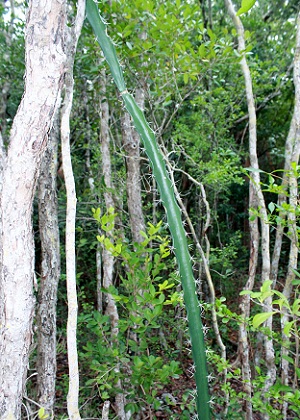
Copyright by: George D. Gann, 2013
In habitat, Everglades National Park, Key Largo, Florida
Family: Cactaceae
Group: Dicot
Substrate:
Terrestrial
Habit:
Shrub
Perennation:
Perennial
Native Range: Southeastern United States (peninsular Florida, the Gulf Coast of Texas), the West Indies (Lesser Antilles), Mexico, Central America and South America; reported from Cuba (Griseb.) and naturalized in the Virgin Islands.
Map of select IRC data for peninsular Florida
State of Florida Status:
Threatened
IRC SOUTH FLORIDA Status:
Rare
SOUTH FLORIDA Occurrence:
Present
SOUTH FLORIDA Native Status:
Native
SOUTH FLORIDA Cultivated Status:
Cultivated
Comments: Visit our
Natives For Your Neighborhood website for more information and images.
Synonyms: A. floridanus, A. pentagonus.
